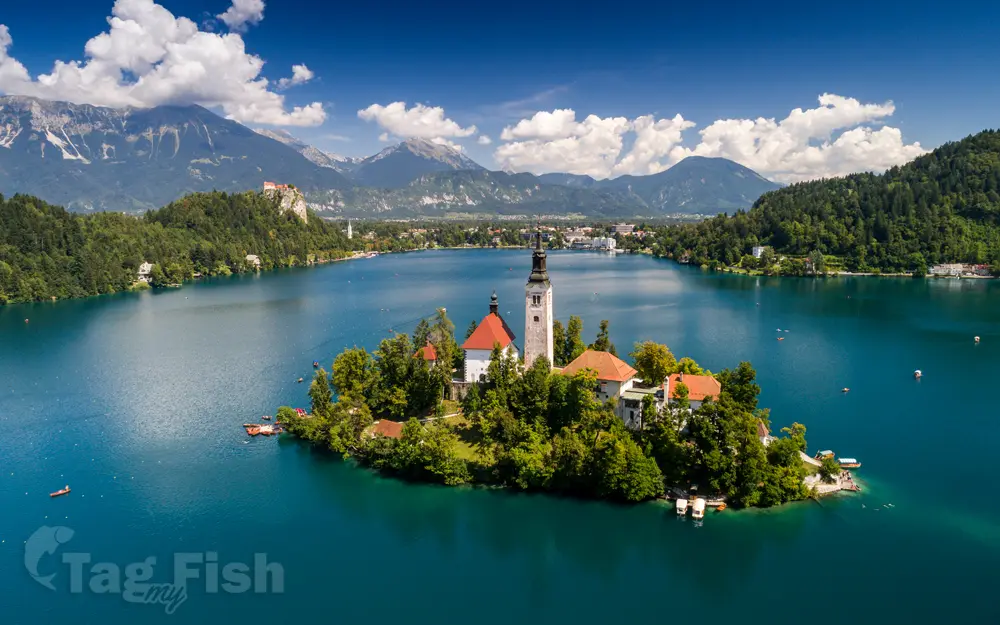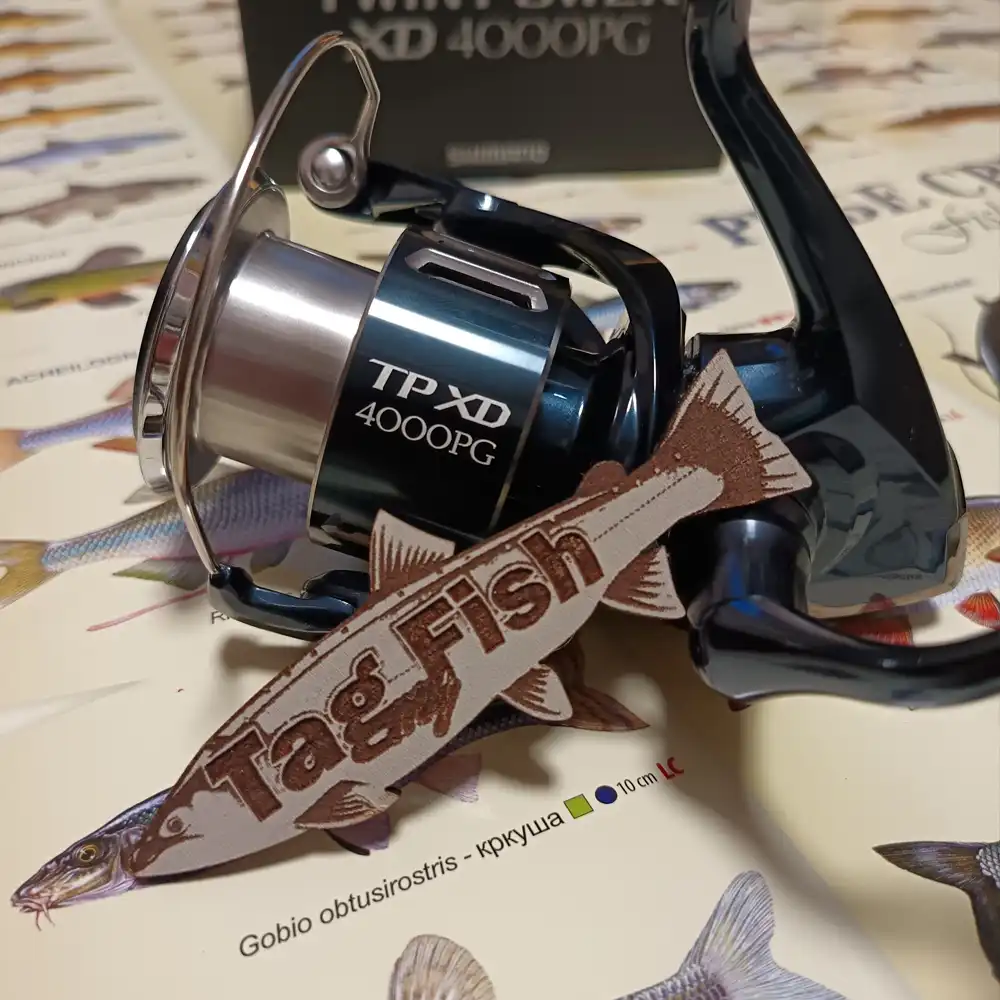Lake Bled

General data
- Name: Lake Bled
- Water system: Danube
- Water type: Natural lake
- Progression: Jezernica (Bled) -> Sava Bohinjka -> Sava -> Danube -> Black sea -> Mediterranean Sea -> Atlantic Ocean -> Planet Earth
- Climates:
- Continents: Europe
- Countries: Slovenia
Lake Bled (Slovene: Blejsko jezero; German: Bleder See, Veldeser See) is a lake in the Julian Alps of the Upper Carniolan region of northwestern Slovenia, where it adjoins the town of Bled. The area is a tourist destination. The lake is 35 km (22 mi) from Ljubljana International Airport and 55 km (34 mi) from the capital city, Ljubljana. Lake Bled is 4.2 km (2.6 mi) from Lesce-Bled train station. The lake is of mixed glacial and tectonic origin. It is 2,120 m (6,960 ft) long and 1,380 m (4,530 ft) wide, with a maximum depth of 29.5 m (97 ft), and it has a small island. The lake lies in a picturesque environment, surrounded by mountains and forests. Medieval Bled Castle stands above the lake on the north shore and has a museum. The Zaka Valley lies at the west end of the lake.


